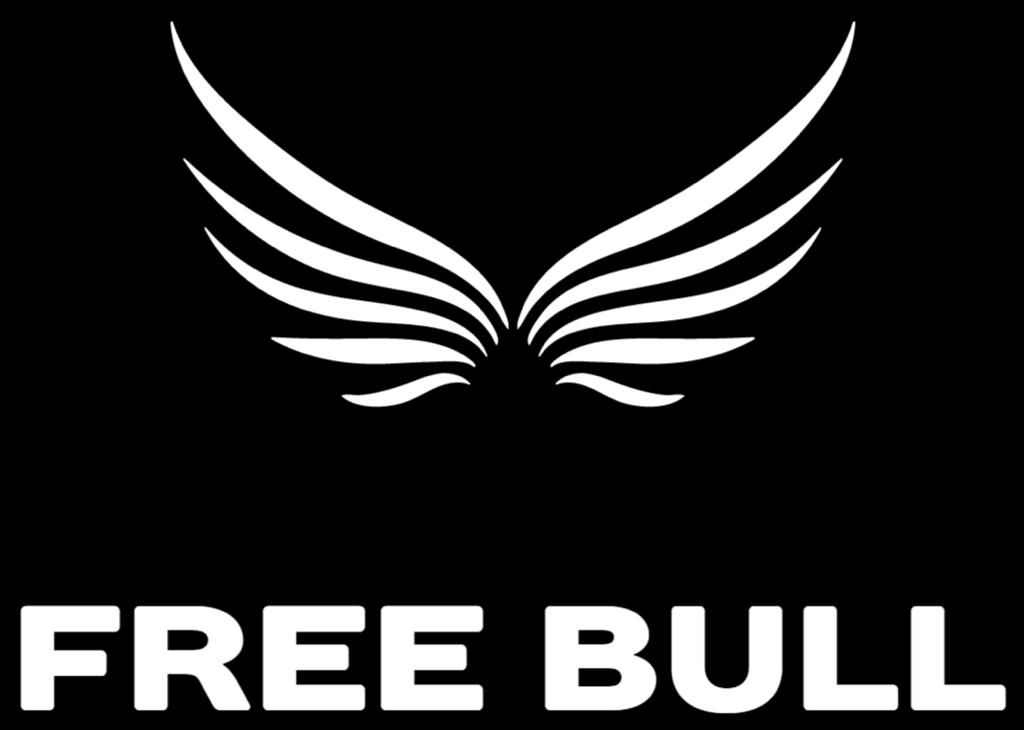Dear clients,
Saudi Arabia will make deep production cuts in July, in addition to the broader OPEC+ deal to limit supply until 2024, as the group seeks to boost oil prices.
Saudi Arabia’s energy ministry said the country’s output would fall to 9 million barrels per day (bpd) in July from around 10 million bpd in May, the biggest cut in years.
„This is a Saudi lollipop,“ Saudi Energy Minister Prince Abdulaziz told on a news conference. „We wanted to ice the cake. We always want to add suspense. We don’t want people to try to predict what we do… This market needs stabilisation“.
OPEC+ pumps about 40% of the world’s oil, which means its policy decisions could have a significant impact on oil prices.
A surprise decision to cut supplies in April briefly boosted Brent crude prices by about $9, but prices have since retreated under pressure from concerns about global economic weakness and its impact on demand. On Friday, Brent crude ended trading for the week at $76.
OPEC+ imposed production cuts of 3.66m bpd, representing 3.6% of global demand, including the 2m bpd agreed last year and voluntary cuts of 1.66m bpd agreed in April. Those cuts were valid until the end of 2023, and on Sunday OPEC+ said it would extend them until the end of 2024 as part of a broader deal on production policy agreed after seven hours of negotiations.
In addition to extending current OPEC+ production cuts by 3.66 million bpd, the group also agreed on Sunday to cut overall production targets by a further 1.4 million bpd from current targets to 40.46 million bpd from January 2024.
However, many of these cuts will not be real as the group has lowered targets for Russia, Nigeria and Angola to bring them in line with actual current production levels. For its part, the United Arab Emirates was allowed to raise its production targets by about 0.2m bpd to 3.22m bpd.


